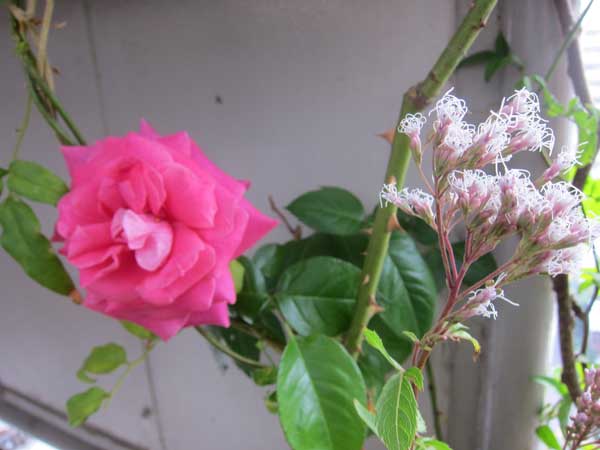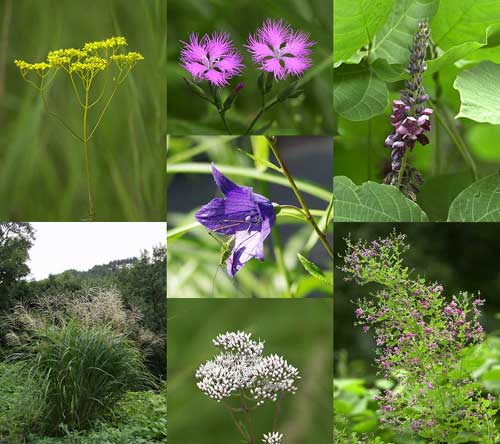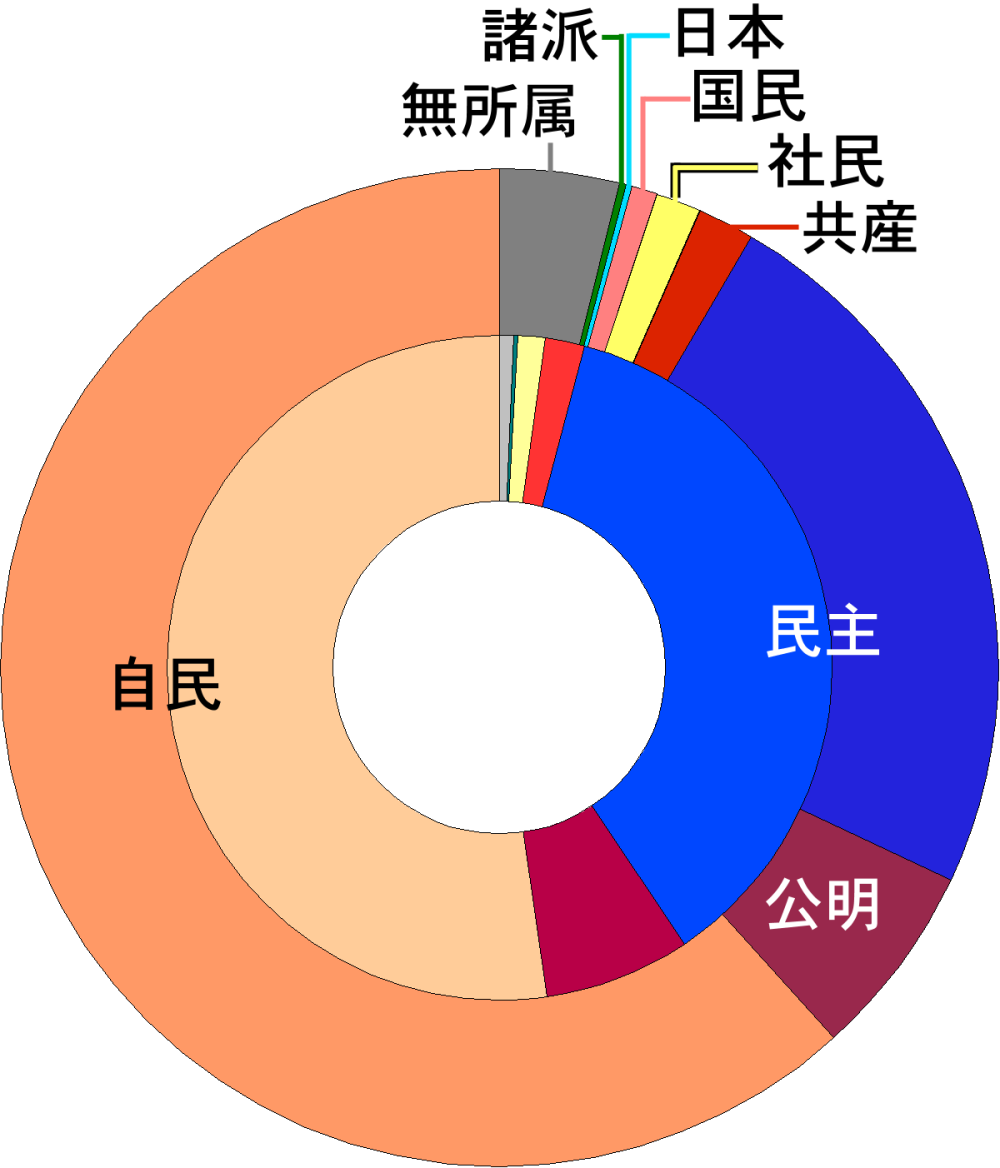
タヌキ党に一票を!鎖国より、愛を。核燃料棒より金玉を。みんなの明るい未来。
More love, less isolation. Golden balls, not nuclear rods. A better future for everyone.

アメリカの大学院に応募する方がこのブログの読者に質問したいそうです:日本の自然とランドスケープ文化の意味について、何かおすすめの学術本がありますか? 私も読者のアイデアを聞きたいです。Image credit: Luis Mendo. From TEDxSeeds プレゼンテーション.
Which books define a Japanese cultural outlook on nature and landscapes? A perspective PhD student wrote to me asking about scholarly works that would allow a comparison with England. Is there a Japanese counterpart to Raymond Williams and William Hoskins, author of The Making of the English Landscape?
I am equally curious to hear what Tokyo Green Space readers know about this topic. So please help this perspective graduate student and share your favorite in the blog comments. Thank you!
はじめまして。
My name is Jennifer Jane Riddle, and Mr. Braiterman has kindly allowed me to introduce myself and use his blog space in order to ask readers about any texts or articles by Japanese authors that address spaces and landscapes in Japan. I am currently applying to various PhD programs in the United States, and my goal is to examine how cultural attitudes towards natural spaces are cultivated and understood and how cultural values affect the way in which countryside spaces are used. Comparatively, I am looking at the countryside of England and English authors, such as Raymond Williams, who wrote about British culture in relation to nature and the English countryside. I am also using more anthropological centered works, as well, such as the landscape histories of William Hoskins. As for works on Japan, I have read Jinnai Hidenobu’s work on Tokyo, and I am looking for similar writers, anthropologists, or theorists who write about Japanese relationships to countryside spaces, nature, and the environment. If anyone who enjoys this blog is aware of any Japanese scholars, past or present, who focus on culture, space and place in such a way, I would love to know more.
どうぞよろしくお願いします。
Image credit: Luis Mendo. From TEDxSeeds presentation.

私のベランダの庭には、違う場所を呼び起こす植物を並べて置きます。ここはバラとフジバカマは一緒にあります。小さな庭なのに、楽しいです。
In my balcony garden, I like juxtaposing plants that evoke different places. Here is a late-blooming pink rose, originally from Asia yet cultivated extensively in Europe, along with fujibakama, one of Japan’s seven fall flowers. Mixing forms, colors, and histories make even the smallest garden fun.

「Travel Guide to Aid Japan」という本は3.11の後、外国人にもっと日本を訪れるように勧めます。この本の編集者が、僕の「のんべい横丁」の写真を使いたいと連絡してくれました。世界の芸術家や作家やファッションデザイナー41人が、日本で一番好きなところについて書いています。この本に参加できたのがうれしいです。
I just received my copy of Travel Guide to Aid Japan, a stylish book with 40 artists, writers, fashion designers, and other cultural figures recommending their favorite places to visit in Japan. The WAttention editor had asked me recently for permission to use my Nonbei Yokocho photo, and it’s amazing how fast the book went to print. The foreward is by Alex Kerr and participants include Tokyo’s Jean Snow. I was glad to participate in this book.
Please have a look at my recent TEDxSeeds presentation about making Japan a world leader in living cities.
This TEDxSeeds presentation, with English and Japanese captions, looks at how Japan can become a world leader in living cities. Despite Tokyo being the world’s largest city with a history of poor design, there are many opportunities for creating plant life and wildlife habitat. My goal for next year is to work with city governments, corporations, community groups, railway companies, and others to plan and implement creative public spaces that connect urban life with nature.

Especially relevant now that the world is focusing on biodiversity with the COP 10 conference in Nagoya, the Kew Royal Botanic Gardens has identified Paris japonica as having the world’s longest genome sequence, fifty times greater than the human genome.
Scientific American reports that plants with more DNA take longer to grow and to reproduce, making them especially endangered. This sub-alpine canopy plant has only seven known habitats in the world. More details in the September 2010 issue of the Botanical Journal of the Linnean Society.
I wonder if my United States readers know that our country is the only one of 193 countries that did not sign the 1993 Rio de Janeiro Convention on Biodiversity, and has only observer rather than voting status at this month’s Nagoya COP 10 conference.
(Thank you, Christophe, for sending me this news story. With the mutual French-Japanese attraction, this plant has a charmed name as well as a 100 meter genome strand).

Did you know that Japan has a famous set of seven fall flowers? In Japanese it’s 秋の七草 (aki no nana kusa).
Here are the names in Japanese and English オミナエシ (valerian)、ススキ (miscanthus)、ナデシコ (dyanthus)、キキョウ (Chinese bellflower)、フジバカマ (boneset)、クズ (kuzu)、ハギ (bush clover).
The list goes back to the ninth century, and is related to haiku. The Japanese Wikipedia page shows the seven fall flowers at the Ise shrine. They are all hardy plants native to Japan.
I noticed this set because my neighborhood flower shop sold me kikyou recently. My balcony garden also has fujibakama (フジバカマ) and nadeshiko (ナデシコ). I should look for the other four to better connect my small garden with Japanese culture.
BTW, spring has a set of seven edible herbs, which are eaten on the seventh day of the new year.


Today is Japan’s national elections, with the opposition Democratic Party expected to take power in a landslide victory over the ruling Liberal Democratic Party, previously out of power only once since 1955. The electoral shift has been related to the nearly two decades economic decline and a desire for political change.
Recently, the British owner of one of Tokyo’s most expensive plant shops explained to me how the current economic downturn is affecting sales at his store. Global banks, corporate headquarters, and office lobbies have suspended regular deliveries, forcing the plant shop to layoff employees and reduce salaries.
In this difficult economy, the shop’s revenue has become more heavily dependent on government and the yakuza. In anticipation of today’s election, a US political advisor has ordered 480 of his most expensive white orchids, five stems for 50,000 yen ($535) each, for each winner of the lower house of the Diet. That single order is worth $250,000. It is interesting how an election creates direct economic benefits, and the owner is sad that it does not happen more often.
The other clients who have not cut back in spending are the yakuza. According to my source, the yakuza routinely order very expensive plants and flowers to send to their rivals. They also insist that delivery be made by the shop’s truck, even in Osaka and Kobe so that the prestige of the Tokyo shop is circulated publicly. I was taken aback at the idea of sending such lavish gifts to one’s rivals, but apparently the yakuza, like almost all other sectors of this consensus-oriented society, strive to maintain positive relationships with their enemies.

Japan is entering a heated campaign for the Diet, and the Liberal Democrat Party ruling party faces a serious challenge that is unusual in the post-war period. The campaign by the main opposition party, the Democratic Party of Japan, has largely revolved around a broad call for “change,” while many observers have difficulty discerning differences in campaign promises or likely governing policies.
It is interesting to note that the opposition DPJ declared yesterday that they are committed to a 25% reduction of carbon emissions by 2020 (from 1990 levels), in contrast to the LDP’s 8% target. Policies include a cap and trade policy, opposed by business, a “feed-in tariff” that obliges power companies to buy renewable energy at a fixed price, and the “consideration” of an environment tax.
Reaching agreement between advanced and emerging countries on 2020 targets is critical to the success of the upcoming UN climate change conference in Copenhagen in December. Some may be skeptical about whether electoral promises will be carried out. Regardless of the outcome, it will be interesting to see how much this issue resonates with the Japanese electorate and whether they will accept the price for environmental change.
(Note: The chart above shows the distribution of seats from the 2005 election).

A friend in San Francisco sent me this Reuters news story about a municipal government program in Suginami ward to plant flowers facing the street as a crime prevention measure. The article cites a city official saying, “The best way to prevent crime is to have more people on the lookout.” According to city officials, encouraging street flowers has lowered burglaries by 80% from 2002 to 2008. Read the full article.
Update: Suzuki-sensei at Nodai kindly provided me with the Yomiuri news story from June 6, 2009 which provides more detail. Apparently, before turning to flowers, the Suginami ward government tried security cameras, which worked but only for a short period. The local government than did a survey that found that only 2 of the 100 homes that experienced robbery had plants outside. Suginami achieved this remarkable crime reduction by spending 6,000,000 yen (about $65,000) per year on plants, and organizing 109 “Flower Blooming Troops” (花咲かせ隊) groups with 872 residents participating. The effectiveness is attributed to the plants bringing more people into small alleys and to neighbors interacting more with eachother.
Governments from Shizuoka, Okinawa, Fukuoka and seventeen other Japanese prefectures have visited Suginami to study this crime success. It is also interesting that this news story spread to the China Daily, Brunei Times, Australia’s ABC, Times of India, and the Iran Daily.
